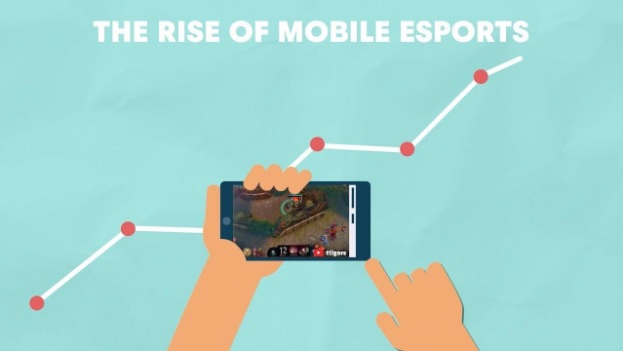Gaming is a huge business, big to the extent that the global esports market is predicted to surpass a USD 1.5 billion mark by 2023. Within the same period, the total viewership is expected to reach 646 million.
Clearly, gaming is no more a niche market limited to a small group of friends enjoying Super Smash Bros. on weekends. The audience is much large and growing exponentially, this is why corporations and investors are taking notice.
With events like 2019 SEA Games gaining global recognition the acceptance of the industry and its athletes is at an all-time high. Even online sportsbooks like BetJOE are offering esports as part of their betting options.
While the future of esports and mobile gaming might seem to be bright, it was not always the case.
Let’s have a look at the rise of the industry.
Early challenges
One of the major setbacks that the gaming industry faces yet is its fairly nascent state. According to Jason Ng, VP of strategic partnerships at Garena, Sea’s digital entertainment platform, “Esports is still a relatively new concept in Southeast Asia, especially if you compare it to traditional sports like football or badminton, which have been around for decades.”
Garena is the company that has published games such as League of Legends and Arena of Valor. The company was recently into the limelight for its battle royale Free Fire, which became the most downloaded game in 2019. It also crossed the USD 1 billion in lifetime revenue mark.
The company also organizes esports tournaments that according to Ng is not always a smooth process. In the beginning, they have to nurture esports production specialists, shoutcasters and other talents from scratch as the entire thing was new. Getting players to participate was also problematic and not in the way one would expect.
“When we were running our first international tournaments, we often had to visit the families of the top players to help them understand what esports was about and to [convince them to] allow these players to travel overseas to compete,” says Ng. “There was a common sentiment of ‘Why would people watch someone else play video games?’”
Nowadays parents don’t need as much convincing. Now the esports industry can provide with career opportunities and long-term incentives.
Gaming on the go
The intense rise of esports viewership is enlarging its money pie as well. The global audience base of the industry has grown from 335 million in 2017 to 454 million in 2019. The Asia Pacific alone accounts for 57% of esports enthusiasts.
This growth has been contributed by the increasing internet penetration rates, the emergence of video-streaming platforms like Twitch and rising number of content creators. But the important point to notice here is that content that is high quality entices people to watch and play. This is why games that are affordable, as well as fun to play, are the foundation of the esports industry.
The rise of mobile games is because these games tick all the boxes. With the improvement in the range and quality of these games like Mortal Kombat, FIFA and the Call of Duty, the mobile game is already accounted for 45% of the global esports market in 2019.
According to Ng, game developers need to come up with games that are optimized for the mobile as it expands to an addressable audience significantly.
A collaborative and inclusive future
Forecasts from several market reports show that esports industry is on an upward trajectory with no signs of tapering anytime soon.
Governments globally support the industry which is encouraging games, industry, developers and communities alike.
We can expect that ultimately the gaming world will create a healthy environment as a whole that will allow games to nurture careers.











